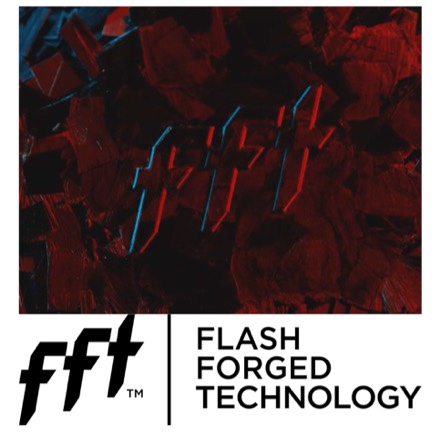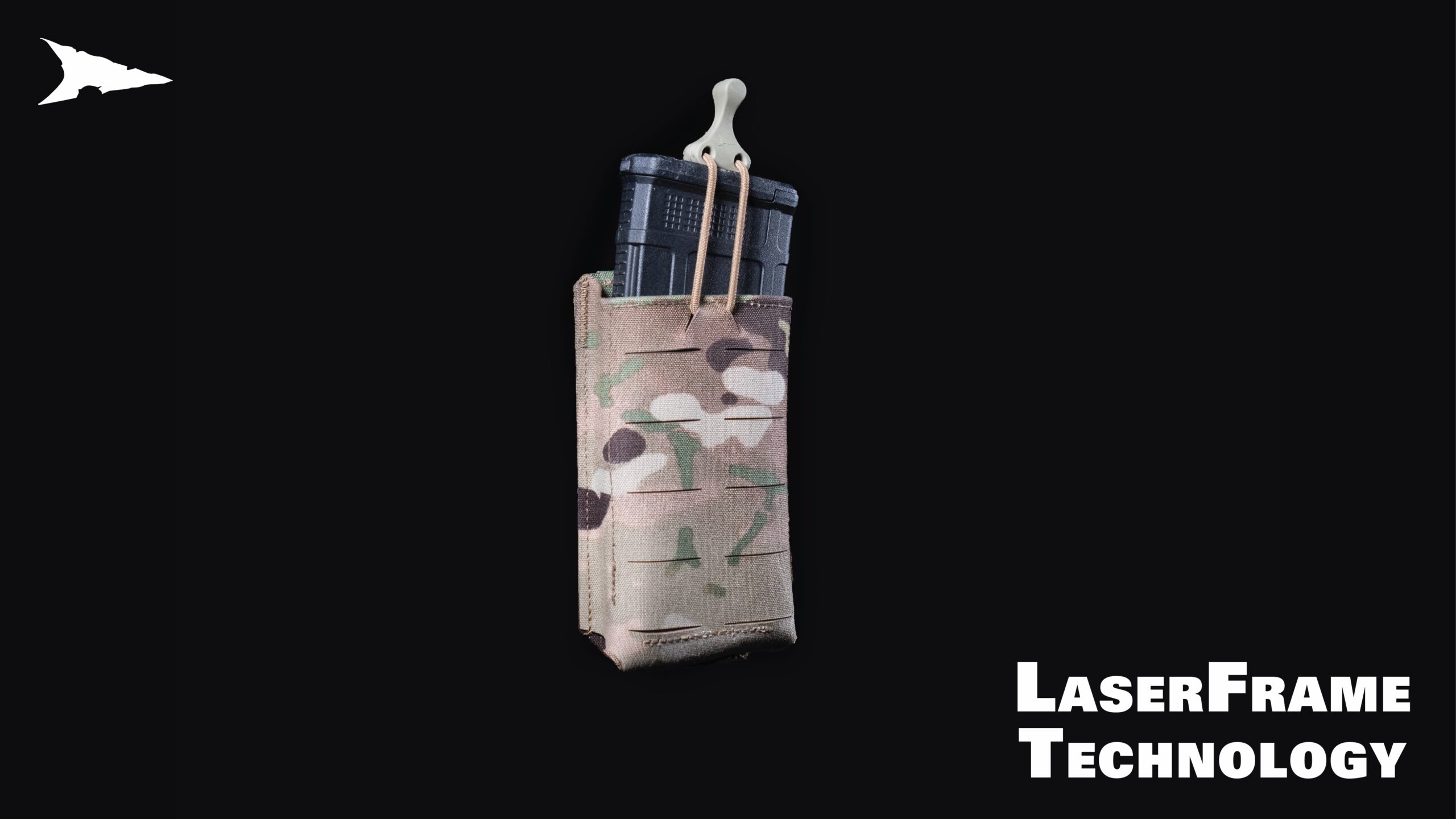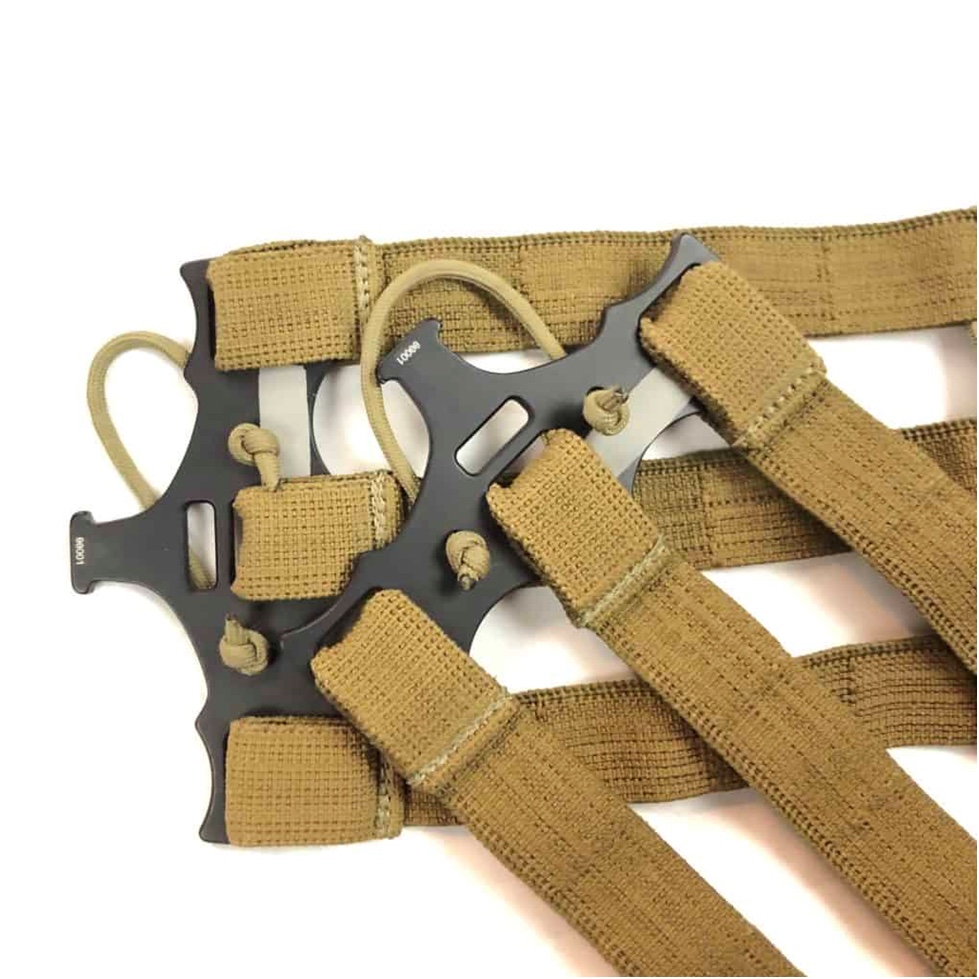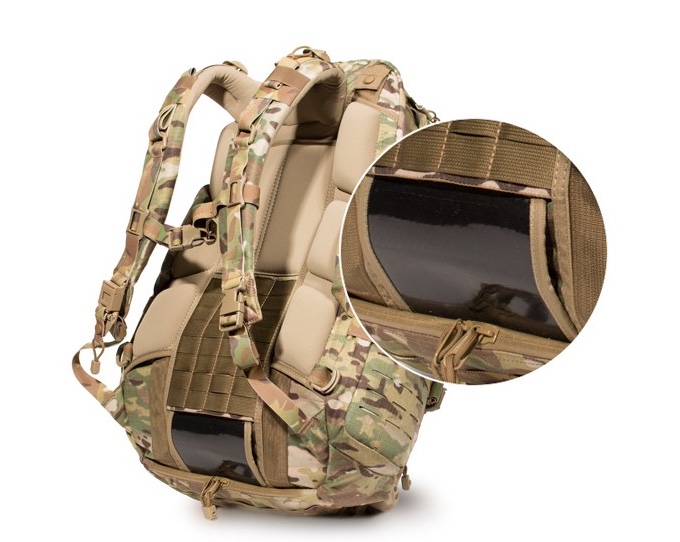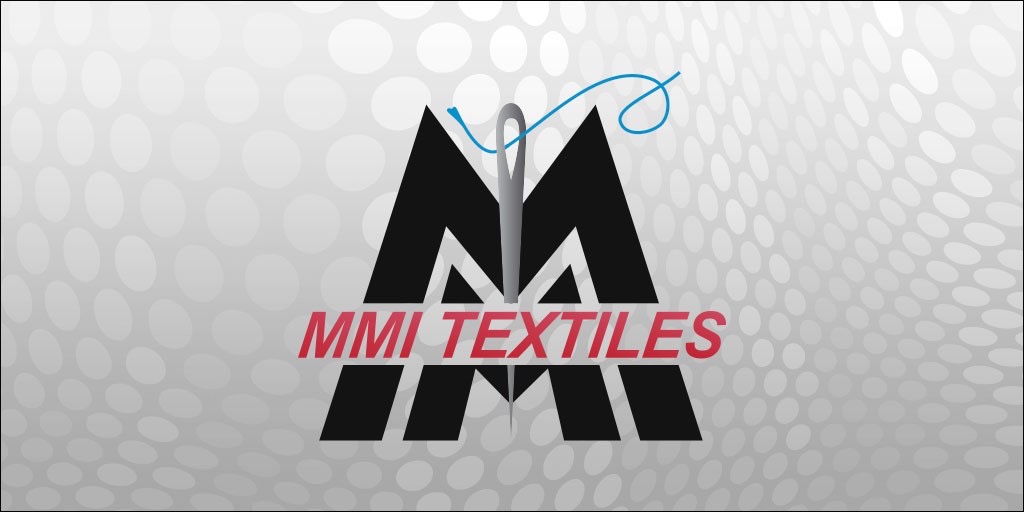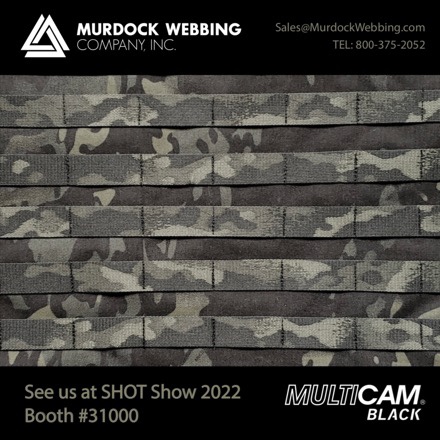PORTSMOUTH, RI – February 1, 2022 – Ocean State Innovations, a leading textile provider, announced today the appointment of Geoff Senko as Senior Vice President of Sales. Mr. Senko joins OSI with over ten years of textile experience. Most recently he held the position of National Account Manager for MMI Textiles and served on the Military Board of IFAI, the SEAMS Board, and was Chair of the SEAMS Military Committee. Mr. Senko will be responsible for guiding sales strategy and efforts throughout North America and globally for OSI while supporting the overall success for customers in various market segments.

“I am excited to have Geoff join the team as we continue to be a force in the global textile industry. Geoff’s sales leadership and extensive expertise in the industry make him an ideal addition to our company.” said Edward Ricci, CEO and Co-Owner of OSI. Ben Galpen, Co-Owner of OSI, added, “We pride ourselves in our textile solutions expertise, Geoff not only brings us further textile solutions but is customer relationship driven, a trait we welcome at OSI.”
For more information, please visit www.osinnovate.com


